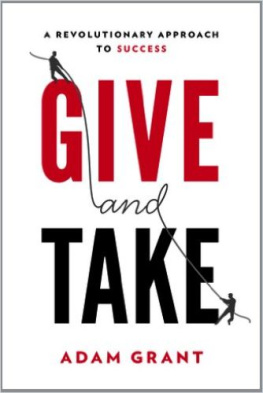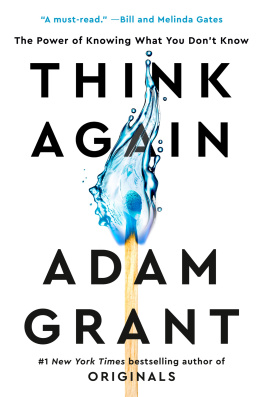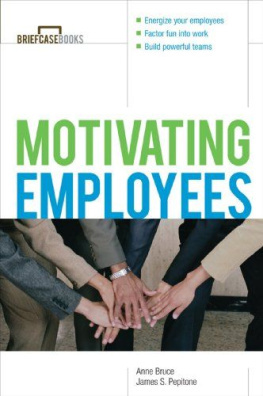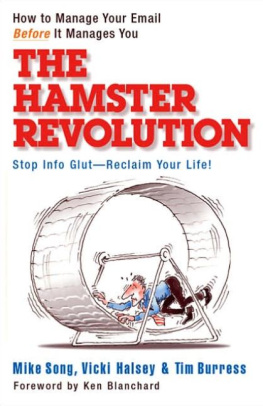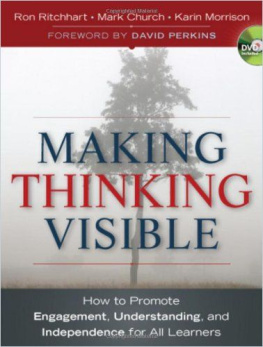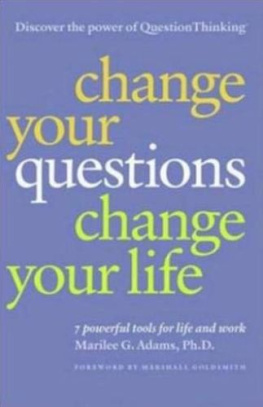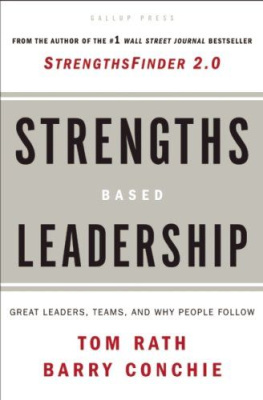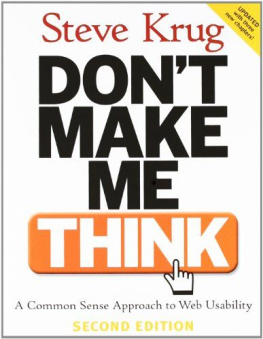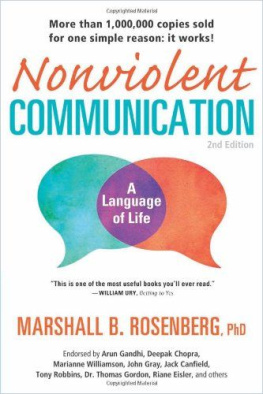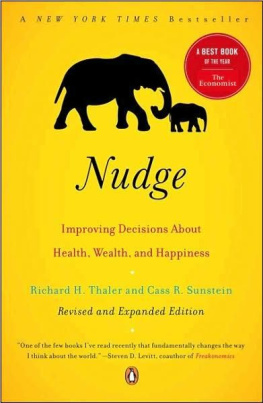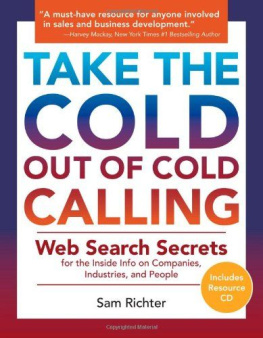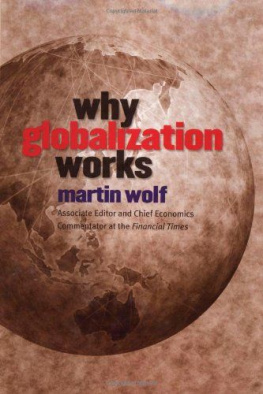Underestimating Adam Grants book would be an easy mistake. A superficial summary would sound like a set of homilies: It is better to give than to receive, be nice to other people, and so on. However, you should look past that first impression because Grants examples and research provide empirical support for his argument that properly understood giving offers a superior way to do business. getAbstract recommends this good-hearted look beyond the Golden Rule to managers, leaders, and those interested in ethics and in making the world a better place.
Summary
What Kind of Person Will You Be?
Every time you interact with someone else, you choose what sort of person you will be. Will you be a taker, looking out for yourself and letting others fend for themselves? Will you be a giver and do whats best for others? Or will you shift according to the situation, becoming a matcher who treats others as they treat you? To complicate this decision, you might want to know which of these three styles is likeliest to end up at the bottom of the success ladder. Its the givers. Engineers who give more help than they get score lowest on job performance, and the most giving first-year medical students have the lowest grades. But givers also occupy the highest ranks of the ladder. The middle is full of takers and matchers; givers fill the top and bottom.
By shifting ever so slightly in the giver direction, we might find our waking hours marked by greater success, richer meaning and more lasting impact.
Giving aligns with the core values of many religions and cultures, and its importance grows as the economy changes. Think back a few generations to when people worked more or less independently, whether producing goods or growing crops. Today, people collaborate, often in teams. With teams, giving works better than taking. Giving is also more fruitful in service businesses, a sector that is steadily expanding.
Giving, Taking and Matching in Networks
Givers, takers and matchers develop fundamentally distinct networks. Takers often network actively. Like disgraced former Enron CEO Ken Lay, they can be charming. However, takers reserve their charm for more popular or powerful people. As takers ascend in their organizations, they openly pursue self-serving goals, and treat their peers and subordinates badly. They contrive to loom larger than others by sharing only that information which makes them look good. This causes their networks to decay over time. People lose patience with constant takers.
Do we try to claim as much value as we can or contribute value without worrying about what we receive in return?
Matchers try to match their behavior with the actions of the people around them. They initially treat takers well, but after takers inevitably betray them, matchers mete out punishment. Matchers build networks based on reciprocity and fairness. Reciprocity is great, but deploying it as the normal balance within your network has drawbacks. If you give to someone who operates solely on reciprocity, that person will expect the gift to come attached to a request. Matchers focus on the immediate benefit in all transactions.
Adam Rifkin: A Giver
Givers use networking to go beyond fairness. In 2011, Fortune magazine looked for the best networker in the United States. Its research identified Adam Rifkin, who co-founded Renkoo, which develops apps for social networking sites. Rifkin is a classic giver. For instance, in 1994, he built a website for the then-emerging band Green Day because he liked the musicians and their music. Rifkin believes that what goes around comes around. He arranges meetings within his network to link people together, helping start-ups meet investors and job seekers find jobs. In smaller interactions, he follows the five-minute favor rule. If someone asks for a favor and if accomplishing it will take five minutes or less, you should do it. As a result, Rifkin enjoys a vast network of weak ties (acquaintances) and dormant ties (back-burner relationships). Like other givers, his network contains a more extensive, varied group than the networks of takers or matchers, and the people he reaches are predisposed to helping him.
Frank Lloyd Wright: A Taker
Givers and takers have a radically different impact on those they encounter. Architect Frank Lloyd Wright was a classic taker. He succeeded as an architect when he lived in Chicago, where he interacted with other creative people. Convinced that he built his success alone, he created Taliesin, his Wisconsin summer home and studio, to set up the isolation he craved. That isolation stymied his creativity. When Wright started working with apprentices, his productivity soared. Even then, he failed to appreciate what others gave him. Wright refused to pay apprentices and forced them to cook and clean.
Jonas Salk: A Taker
Jonas Salk, pioneer of the vaccine against polio, showed similar taker tendencies. In 1955, when Salk spoke about his discovery, he didnt acknowledge the work done by his colleagues, even though their contributions fueled his breakthroughs. Salk didnt thank the lab personnel who helped create the vaccine, reducing his team to tears. He fell prey to the responsibility bias, a common fallacy in which people overestimate their own contributions to a collective endeavor.
George Meyer: A Giver
Contrast this with the impact George Meyer has had on those around him. He wrote for Saturday Night Live for years. The shows production process has a Darwinian element in that the writers compete to get their sketches on air. To win airtime, many writers focused on writing for big-name guest hosts. Meyer often wrote for lesser-known hosts and took time to give other writers feedback.
The fear of being judged as weak or nave prevents many people from operating like givers at work.
He followed a similar pattern in his years of writing for The Simpsons. Often, staff writers wanted to write the first draft of an episode, so they would receive credit for that show. In contrast, Meyer came up with ideas and then let others write the first draft, which hed revise to make the show stronger. Meyer engaged in what the National Outdoor Leadership School calls expedition behavior: He worked behind the scenes, doing what was necessary without worrying about getting credit. Meyer helped create a safe environment for other writers to take creative risks.

